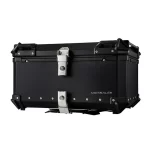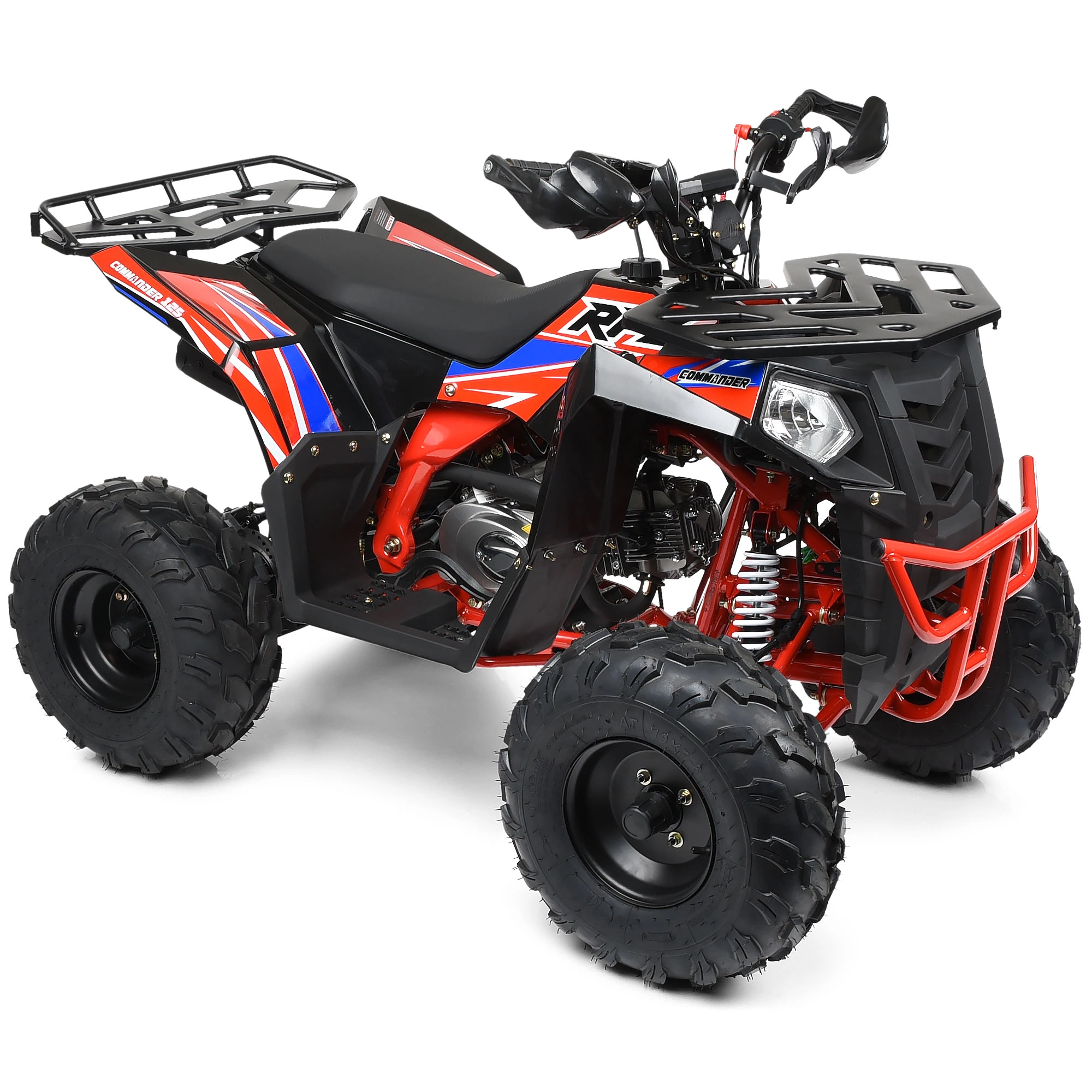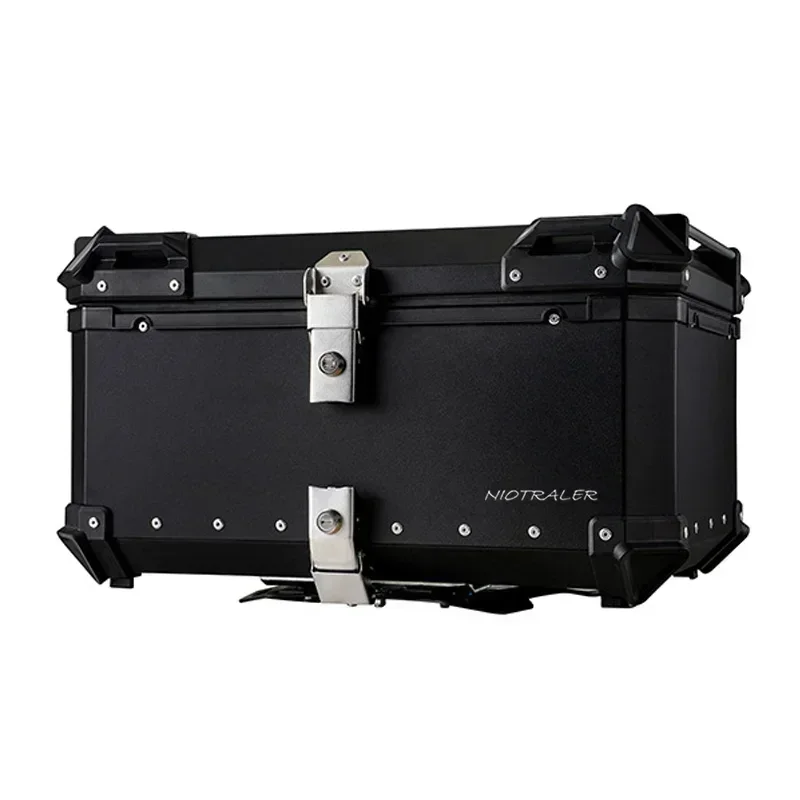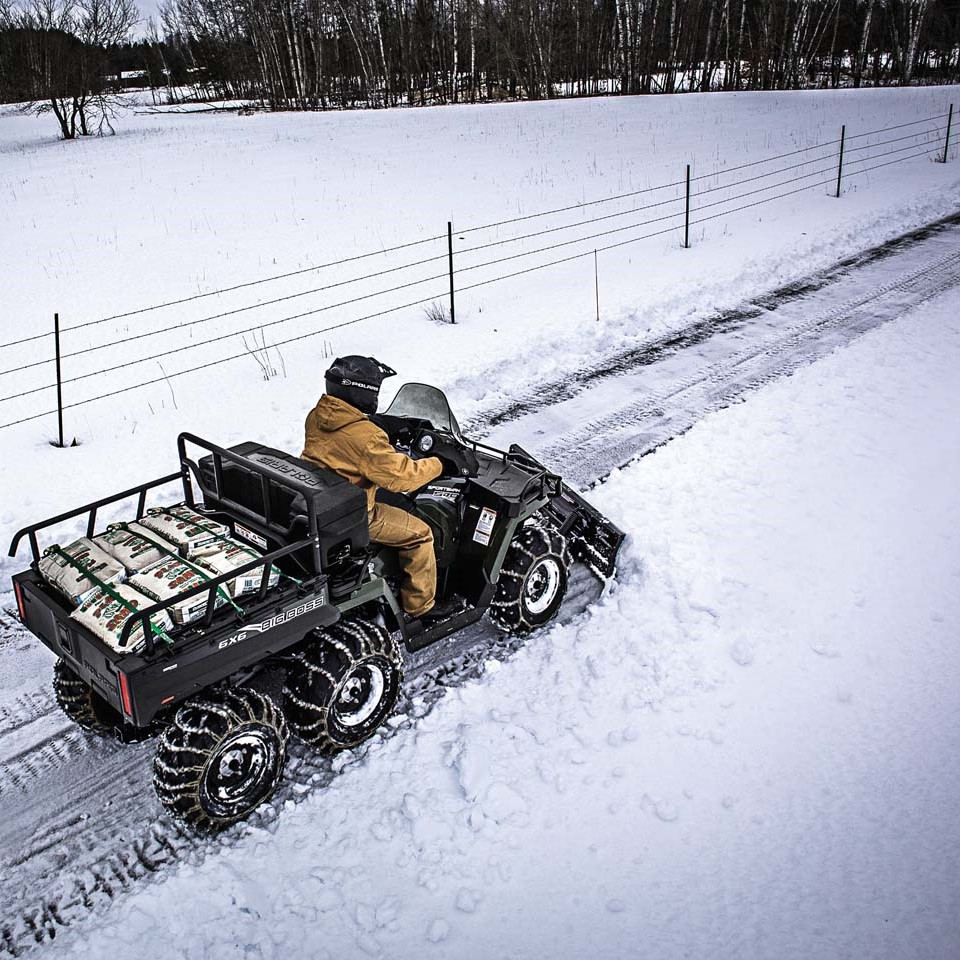Introduction: ATV Value Guide
As outdoor enthusiasts increasingly turn to All-Terrain Vehicles (ATVs) for adventure and utility, understanding the value of these machines has become essential for owners, buyers, and sellers alike. An ATV value guide can help you assess the worth of your vehicle based on various factors, enabling informed decisions during purchases or sales. Whether you are looking to sell your ATV, buy a used one, or simply curious about its market worth, this guide will provide comprehensive insights into determining ATV values.
Key Factors Affecting ATV Value
When evaluating the value of an ATV, several key factors come into play. Understanding these elements will not only help in determining what your ATV is worth but also assist when negotiating a price.
Make and Model
The brand and specific model of your ATV significantly influence its value. For instance, popular brands like Honda, Yamaha, and Polaris tend to hold their value better than lesser-known brands. Models that are renowned for their reliability and performance also have higher resale values.
Age and Condition
The age of the ATV is a critical factor. Newer models generally command higher prices due to improved technology and features. However, an older ATV in excellent condition can be worth more than a newer one that has been poorly maintained. Factors to assess include:
- Engine Performance: Is the engine running smoothly?
- Physical Condition: Are there signs of wear and tear, such as rust or a damaged body?
- Tread Depth: Assessing the condition of the tires can also impact value.
Mileage and Usage
Just as with vehicles, mileage plays a significant role in determining an ATV’s worth. Higher mileage could indicate more wear and tear, thus lowering the value. Additionally, the type of usage also matters; ATVs used for recreational purposes may endure less stress compared to those employed for work-related tasks.
Modifications and Accessories
Upgrades or modifications can either raise or lower an ATV’s value. Custom parts may enhance performance or aesthetics, potentially attracting buyers willing to pay more. Conversely, poorly executed modifications or accessory installations can negatively impact the value. Assess whether the modifications are industry-standard or if they require additional repairs.
Market Demand
ATV market conditions can fluctuate based on buyer demand. Popular models or brands may fetch higher prices during peak seasons, while less popular ones may see a price decrease. Awareness of your local market’s trends can provide insights on timing your sale for maximum profit.
Understanding ATV Pricing Models
In the pursuit of an accurate valuation for your ATV, it’s important to explore various pricing models. This segment will outline the different ways you can estimate your ATV’s worth.
Online Pricing Guides
Several online pricing tools can provide a general estimate of your ATV’s market value. Sites like NADA Guides and Kelley Blue Book offer comprehensive databases, allowing users to input details about their vehicle to receive a tailored preliminary estimate. However, it is vital to remember that these online resources may not reflect actual market conditions in your area.
Local Sales Comparisons
Inspecting recent sales of similar ATVs in your region can offer a more relevant insight into your vehicle’s worth. Check local classifieds, online marketplaces, or forums for comparable models that have sold. This approach allows you to gauge current market trends specific to your locale.
Professional Appraisal
For high-value ATVs or unique models, obtaining a professional appraisal may be the best course of action. An ATV value expert can provide a thorough evaluation, considering all aspects of the vehicle’s condition, market demand, and regional pricing tendencies.
Selling Your ATV: Maximizing Value
Once you’ve established a fair value for your ATV, the next step is to prepare to sell it effectively. Here are some strategies to ensure you maximize your ATV’s worth.
Proper Maintenance and Cleaning
Before listing your ATV for sale, ensure it is clean and serviced. A well-maintained machine not only runs better but also gives buyers confidence in their purchase. Clean the exterior, check fluids, and ensure all mechanical parts are in working order. Consider having any minor repairs done to improve its overall condition.
Detailed Listing
When you’re ready to market your ATV, create a detailed listing with clear descriptions and high-quality photos. Highlight the key features and special modifications, along with any servicing or upgrades that have been done. Transparency regarding any flaws can foster trust with potential buyers.
Choosing the Right Selling Platform
Decide on the most suitable platform for listing your ATV. Options include:
- Online Marketplaces: Websites like eBay, Craigslist, or specialized ATV sales websites can reach a broader audience.
- Social Media: Utilize platforms such as Facebook Marketplace to connect directly with buyers in your area.
- Local Dealerships: Some dealers may provide trade-in options or buy your ATV outright.
Buying a Used ATV: What to Look For
If you’re in the market for a used ATV, understanding how to evaluate its worth is crucial. Here’s a guide on what to consider during your search.
Research the Market
Before making a purchase, do your research to understand the types of ATVs available and their market values. As discussed previously, online pricing guides can help set a baseline for what you should expect to pay.
Perform a Thorough Inspection
When considering a used ATV, carry out a detailed inspection. Look for:
- Wear and Tear: Check for any signs of damage or excessive wear.
- Operational Tests: Take the ATV for a test ride to assess its handling, braking, and overall performance.
- Service History: Request the service history to understand how well the ATV has been maintained.
Negotiating the Price
Once you’ve evaluated the ATV’s condition, you can negotiate the price based on your findings. If you notice any issues during your inspection, don’t hesitate to use them as leverage for a lower price.
Importance of Documentation
Whether buying or selling an ATV, appropriate documentation is essential. Proper paperwork not only signifies transparency but also protects both parties involved in the transaction.
Title and Registration
Always ensure that the seller provides the title for the ATV, proving ownership. Additionally, check if the vehicle is properly registered. This can help prevent future disputes over ownership.
Maintenance Records
Documentation relating to maintenance and repairs is valuable, as it provides insight into the ATV’s history. A well-documented maintenance record can reassure buyers of the vehicle’s reliability and performance.
 The Role of ATV Value Guides in Ongoing Ownership
The Role of ATV Value Guides in Ongoing Ownership
Owning an ATV is not just about knowing its value during the initial purchase or sale. It’s crucial to continually reassess its worth throughout your ownership.
Longevity and Depreciation
Understanding depreciation will allow you to make informed financial decisions regarding upgrades or replacements. Knowing how your vehicle’s value will decline over time can help with budgeting for future purchases.
Insurance and Financing Needs
An accurate understanding of your ATV’s value is essential for insurance purposes. Insurers will often require a valuation for proper coverage. Moreover, if you’re financing your ATV, knowing its value can help in securing the loan.
Conclusion: ATV Value Guide
Navigating the complexities of ATV valuation can seem daunting, but with the right knowledge and tools, it becomes manageable. From understanding crucial factors that affect value to learning about effective buying and selling strategies, this ATV value guide offers comprehensive insights. Whether you’re an owner, prospective buyer, or seller, keeping this guide in mind will help foster informed decisions, ensuring that you accurately recognize the true worth of your ATV in today’s market. By consistently reassessing the value of your ATV, you can make sound financial decisions, whether you’re looking for a new model or preparing to sell the one you currently own.












